In remembrance: Chris Wilkinson (1945 – 2021)
We remember British architect Chris Wilkinson of WilkinsonEyre, who has passed away at the age of 76
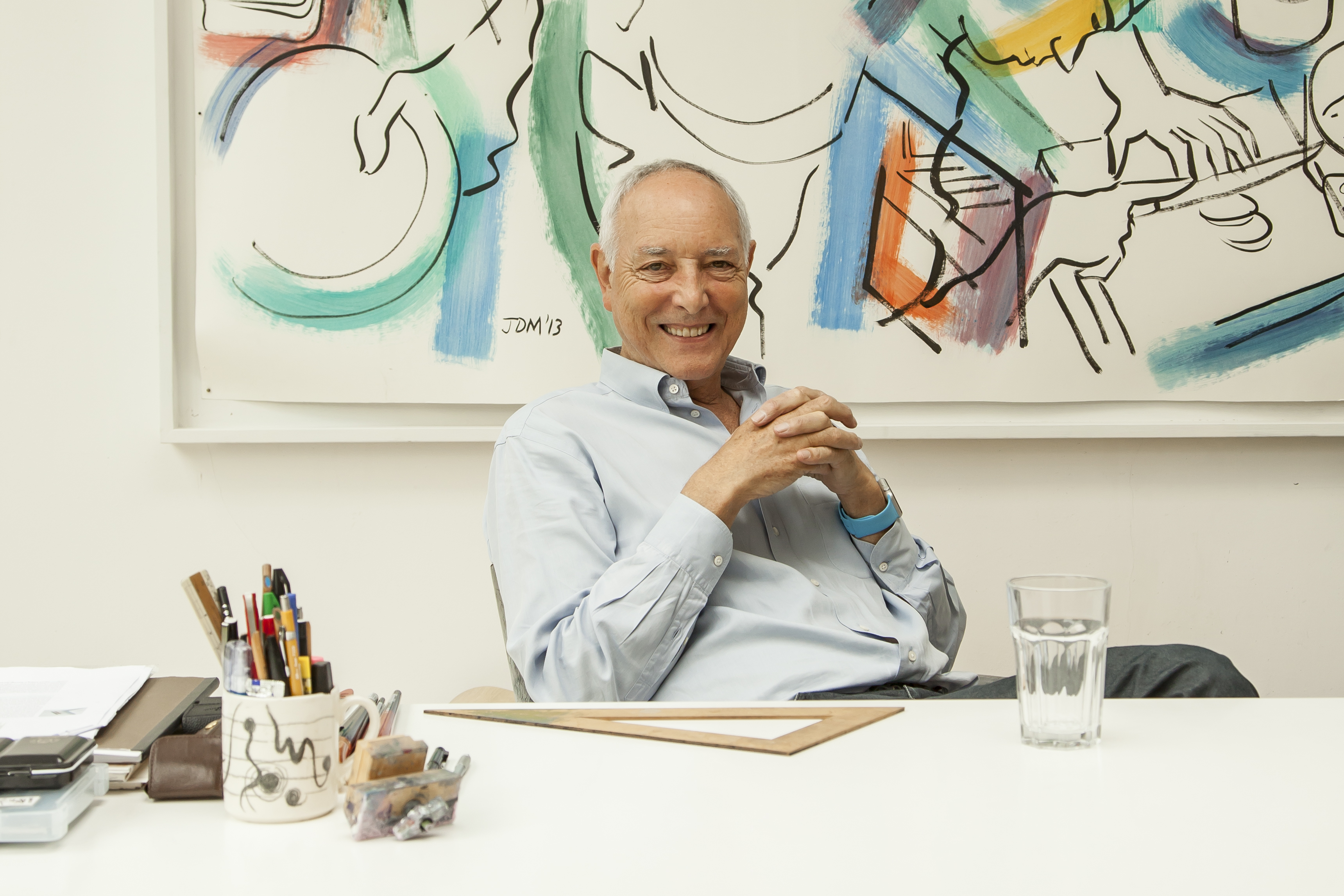
The British architect Chris Wilkinson has died at the age of 76. Wilkinson set up Chris Wilkinson Architects in 1983, changing the name of the practice to WilkinsonEyre in 1999 to acknowledge Jim Eyre’s partnership. Wilkinson began his career working for the architects who were changing the face of the industry. At the offices of Norman Foster, Richard Rogers, and Michael and Patty Hopkins, he gained an intuitive understanding of the increasingly important relationship between architectural design, structure, systems, and technology.
His studio grew in scale and ability until it was working on a global scale, with offices in London, Hong Kong and Sydney. His passions included both art and engineering, with the latter represented in a number of signature bridge designs around the world, including the Twin Sails Bridge in Poole, Derry’s Peace Bridge, the recently opened Lille Langebro bicycle bridge in Copenhagen and, most notably, the 2002 Stirling Prize-winning Gateshead Millennium Bridge over the Tyne (which came hot on the heels of WilkinsonEyre’s Magna Science Centre in Rotherham, which won the Stirling Prize in 2001).
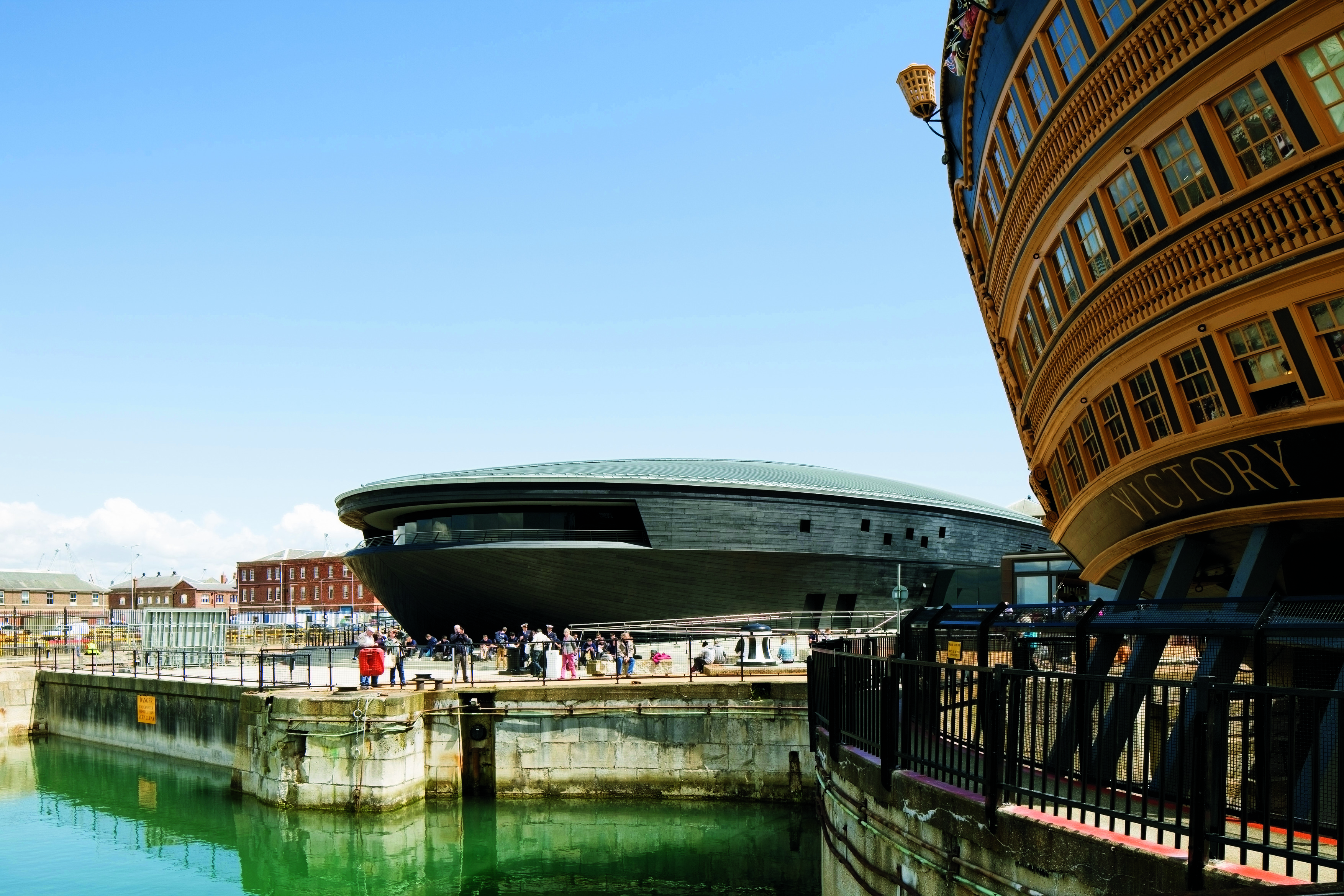
Mary Rose Museum.
Another specialism was the ‘supershed’, the ability to give ultra large-span structures a grace and elegance that had been denied them since the Victorian era. WilkinsonEyre’s embrace of the power of structure was applied to a wide-ranging and diverse portfolio, from supertall skyscrapers in Australia, Canada and China (including the 440m tall Lubetkin Prize-winning Guangzhou International Finance Center) to new transport infrastructure designs. These included the modest reorganisation of Bath’s listed railway station, through to the mighty Skybridge at Gatwick Airport that takes passengers up above the taxiway. WilkinsonEyre also shaped the twisting steel ribbons that hold up London’s Emirates Cable Car, the massive new Jubilee Line station at Stratford, and the refurbished King’s Cross Gasholders.
WilkinsonEyre will continue to be one of the world’s most pre-eminent firms, capable of making complexity look easy, and simplicity appear rich and intricate. In Oxford, the firm built the Weston Library and a Maggie’s Centre, projects that seemingly stood in stark contrast to the massive cooled conservatories in Singapore’s Gardens by the Bay. By creating a practice culture that encourages creativity and curiosity, Chris Wilkinson was able to keep his own passions close to the work. Small projects were a chance to highlight his impeccable artistic eye, with drawing and painting being a key part of his practice throughout his career. Wilkinson was also a Royal Academician, and his 2015 exhibition at the Royal Academy delved into the sketchbooks that were always such a fundamental part of his design life.
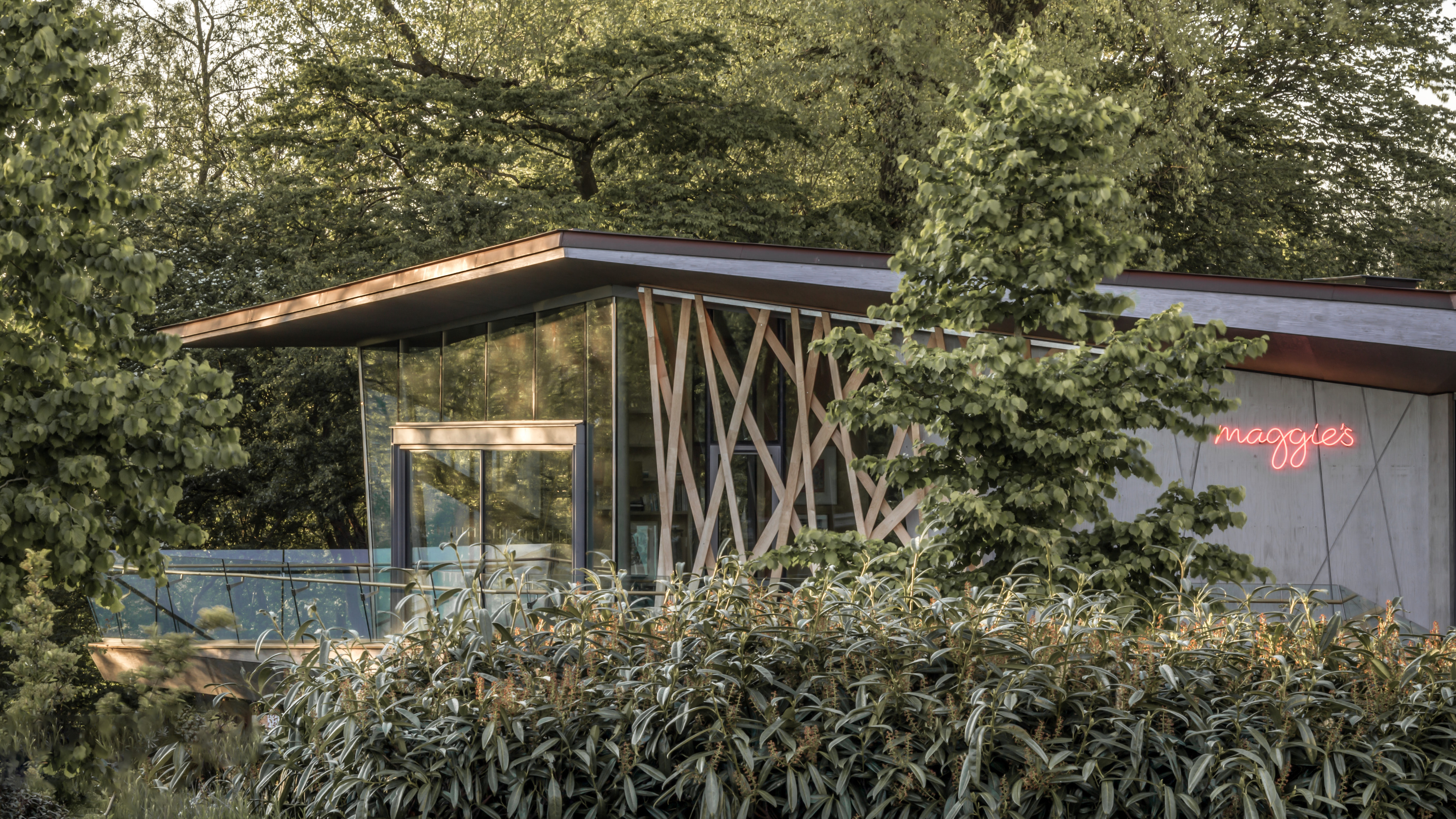
Maggie’s Centre, Oxford.
The architect also had a long and fruitful association with the Dyson family. WilkinsonEyre designed the award-winning Dyson Institute of Engineering and Technology in Wiltshire, as well as numerous other structures for the company over the course of two decades. From the precise beauty of the Royal Ballet School’s Bridge of Aspiration in London’s Covent Garden, to the proposed art gallery for James and Deirdre Dyson, to the complex technical requirements of Portsmouth’s Mary Rose Museum or London’s Elizabeth Line stations, Chris Wilkinson brought a rare humanity and sense of art to architecture in all its forms.
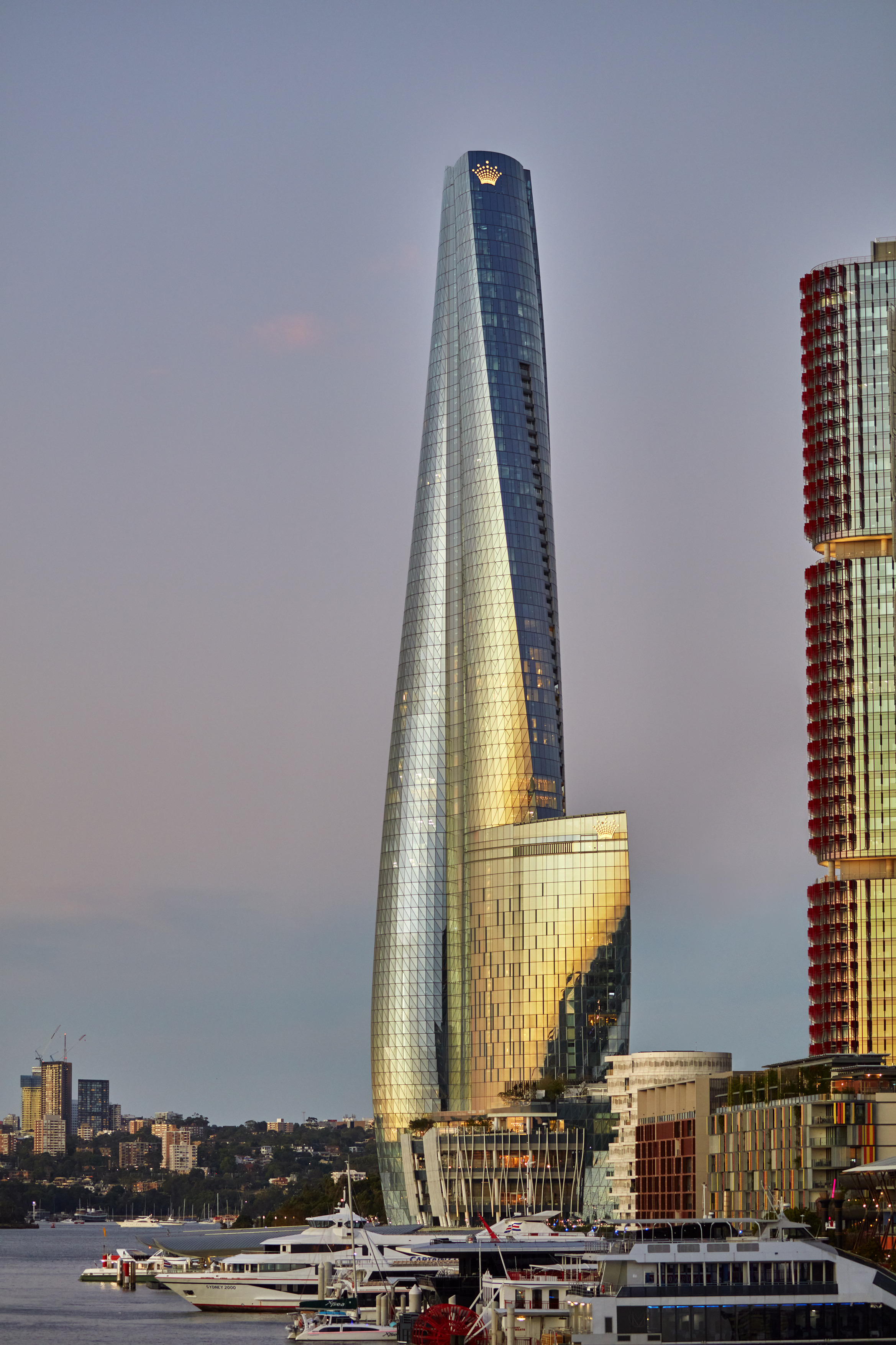
One Barangaroo.
INFORMATION
Receive our daily digest of inspiration, escapism and design stories from around the world direct to your inbox.
Jonathan Bell has written for Wallpaper* magazine since 1999, covering everything from architecture and transport design to books, tech and graphic design. He is now the magazine’s Transport and Technology Editor. Jonathan has written and edited 15 books, including Concept Car Design, 21st Century House, and The New Modern House. He is also the host of Wallpaper’s first podcast.
-
 Five destinations to have on your radar this year
Five destinations to have on your radar this yearThe cultural heavyweights worth building an itinerary around as culture and creativity come together in powerful new ways
-
 Dublin-based designer Cara Campos turns abandoned bicycles into sleekly minimal furniture pieces
Dublin-based designer Cara Campos turns abandoned bicycles into sleekly minimal furniture piecesWallpaper* Future Icons: Saudi-raised Irish/French designer Cara Campos' creative approach is rooted in reuse, construction and the lives of objects
-
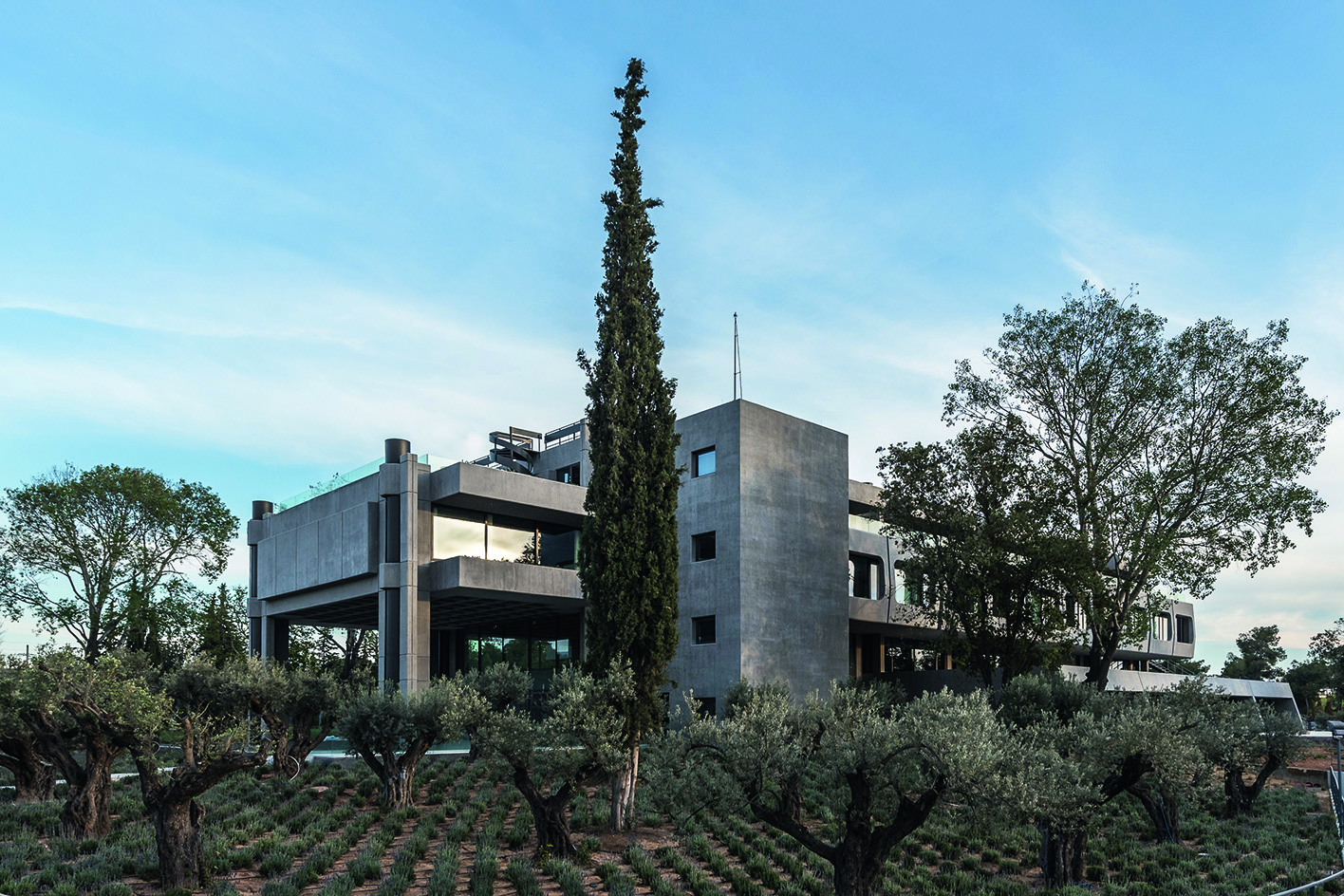 A Greek brutalist gem wows with its reimagining in Athens
A Greek brutalist gem wows with its reimagining in AthensAthens architect Georges Batzios squares up to the renovation of a landmark Greek brutalist office block in the capital's suburbs; we revisit a story from the Wallpaper* archive
-
 Step inside this perfectly pitched stone cottage in the Scottish Highlands
Step inside this perfectly pitched stone cottage in the Scottish HighlandsA stone cottage transformed by award-winning Glasgow-based practice Loader Monteith reimagines an old dwelling near Inverness into a cosy contemporary home
-
 This curved brick home by Flawk blends quiet sophistication and playful details
This curved brick home by Flawk blends quiet sophistication and playful detailsDistilling developer Flawk’s belief that architecture can be joyful, precise and human, Runda brings a curving, sculptural form to a quiet corner of north London
-
 A compact Scottish home is a 'sunny place,' nestled into its thriving orchard setting
A compact Scottish home is a 'sunny place,' nestled into its thriving orchard settingGrianan (Gaelic for 'sunny place') is a single-storey Scottish home by Cameron Webster Architects set in rural Stirlingshire
-
 Porthmadog House mines the rich seam of Wales’ industrial past at the Dwyryd estuary
Porthmadog House mines the rich seam of Wales’ industrial past at the Dwyryd estuaryStröm Architects’ Porthmadog House, a slate and Corten steel seaside retreat in north Wales, reinterprets the area’s mining and ironworking heritage
-
 Arbour House is a north London home that lies low but punches high
Arbour House is a north London home that lies low but punches highArbour House by Andrei Saltykov is a low-lying Crouch End home with a striking roof structure that sets it apart
-
 A former agricultural building is transformed into a minimal rural home by Bindloss Dawes
A former agricultural building is transformed into a minimal rural home by Bindloss DawesZero-carbon design meets adaptive re-use in the Tractor Shed, a stripped-back house in a country village by Somerset architects Bindloss Dawes
-
 RIBA House of the Year 2025 is a ‘rare mixture of sensitivity and boldness’
RIBA House of the Year 2025 is a ‘rare mixture of sensitivity and boldness’Topping the list of seven shortlisted homes, Izat Arundell’s Hebridean self-build – named Caochan na Creige – is announced as the RIBA House of the Year 2025
-
 In addition to brutalist buildings, Alison Smithson designed some of the most creative Christmas cards we've seen
In addition to brutalist buildings, Alison Smithson designed some of the most creative Christmas cards we've seenThe architect’s collection of season’s greetings is on show at the Roca London Gallery, just in time for the holidays